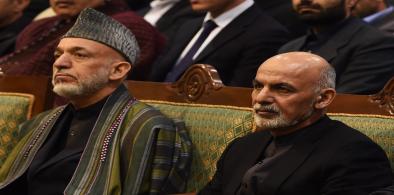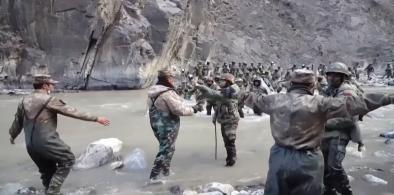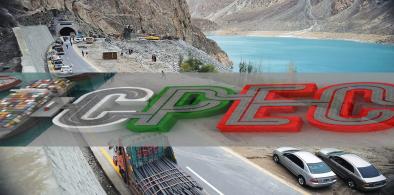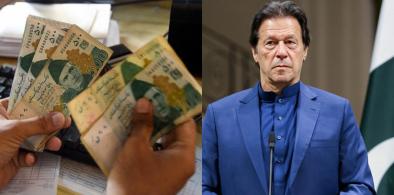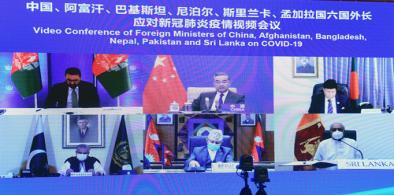Although the Taliban has captured at least 33 district centers in the last two months, they have no capacity, manpower, and resources to run big cities. They had tried in the past and failed miserably, writes Shraddha Nand Bhatnagar for South Asia Monitor
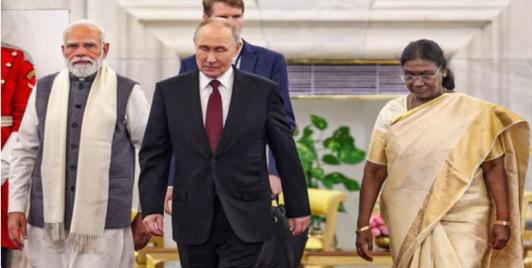
In Putin Visit India Reasserts Its Strategic Autonomy
The visit has also proved crucial for Putin in terms of international optics where the world’s largest democracy and its prime minister offered sanguine words to him. Although pomp and circumstance often attend such visits, it is not inconceivable that some of that was aimed at sending a signal to President Donald Trump, particularly on the question of his pressure on Modi to altogether stop importing Russian oil as well as a punitive 25% tariff on New Delhi in response to that.
The Cartography of Power: Why the India–Nepal Border Dispute Will Shape South Asian Geopolitics
Ultimately, the India–Nepal border dispute is not only about the origin of a river. It is about how neighboring countries engage with shared history, evolving national identities, and shifting geopolitical environments. In a region shaped by growing strategic competition and enduring historical legacies, the conversation around Kalapani and Lipulekh remains a significant chapter in South Asian diplomacy
India-Russia Civil Nuclear Cooperation: Why So Crucial And The Road Ahead
Amid fragmented supply chains, the Russia-Ukraine war, Russia-China convergence, and escalating US-China tensions, India’s nuclear cooperation with Russia helps hedge against overdependence on the West and ensures Moscow remains embedded within India’s strategic ecosystem. While Russia needs stable export markets, India needs dependable technology and supply chains — a mutual dependence strengthened by sanctions and geopolitical flux.
The Muslim Brotherhood’s Ideological Insurgency Poses A Transnational Challenge
The Brotherhood’s strategy is global. In India, pro-Palestinian protests have been weaponized by groups including Jamaat-e-Islami, Jaish-e-Muhammad, Lashkar-e-Taiba, ISIS-linked entities, and Pakistan’s ISI to stoke communal hostility and recruit young Muslims into political Islam. Hundreds of millions of dollars have been funneled toward campus radicalization, media manipulation, and political influence campaigns that demonize Hindus and normalize Islamist narratives.
GCC countries projecting soft power through cricket: South Asian cricketers have vital role to play
If GCC countries other than UAE -- like Saudi Arabia and Oman -- can emerge as important cricketing venues, their soft power appeal is likely to further get strengthened, especially vis-à-vis South Asia, writes Tridivesh Singh Maini for South Asia Monitor
Covid vaccination in India: Authorities need to reach out to vulnerable population in remote areas
The government needs to decentralize health administration by empowering local health infrastructure for a fair distribution of vaccine doses so that they penetrate hard-to-reach groups, write Abhinav Mehrotra and Dr. Biswanath Gupta for South Asia Monitor
Can Hamid Karzai emerge as consensus choice for Afghan president?
Whether the Taliban will accept Karzai, a man with considerable charisma, distinctive and much written about capes and lambskin hat, is still not clear. But he has struck a highly conciliatory note, writes Mahendra Ved for South Asia Monitor
The Covid 19 impact: Mixed economic impact on South Asian countries
While South Asia has to grapple with deep-seated inequalities and vulnerabilities, the pandemic also provides an opportunity to find a path towards a more equitable and robust recovery, writes Partha Pratim Mitra for South Asia Monitor
Lessons from tragic barge sinking off Bombay High: Glaring omissions and inadequacies
The P 305 tragedy ought to be the catalyst for radical reforms in India's offshore support sector, writes Commander Anand B Kulkarni (retd) for South Asia Monitor
Climate change: South Asia in danger of extreme events
The implications are straightforward: With rising levels of carbon dioxide in the future, there will be stronger rains with potentially destructive outcomes in the South Asian region, writes N. Chandra Mohan for South Asia Monitor
A year after Galwan clash: India's stress on military modernization, strategic partnerships to counter China
India needs to deter China through a combination of its military prowess, discerning diplomatic action, and devising ways to become economically self-reliant with investment partnerships and collaborations with like-minded nations, writes Indu Saxena for South Asia Monitor
Multiple state actors' clashing interests may throw Afghanistan's future into uncertainty
China is also keen to extend the coverage of CPEC and Belt and Road Initiative (BRI) to Afghanistan. This expansion of China’s footprint would be a matter of huge concern for both the US and India, writes Amb Ashok Sajjanhar (retd) for South Asia Monitor
South Asian nations must formulate holistic strategies to deal with remittance fall
In 2021, there could thus actually be a drop in remittances - more so after the second wave of Covid 19, and the recent travel restrictions imposed by many countries including those in the Gulf on travelers from South Asia, write Tridivesh Singh Maini and Karan Bidani for South Asia Monitor
As SAARC falters, BIMSTEC's seamless transport connectivity project a big step in regional economic integration
BIMSTEC gained importance and traction after progress in SAARC (South Asian Association for Regional Cooperation) got stalled following heightened frosty ties between India and Pakistan, writes Ranjana Narayan for South Asia Monitor
Latest on India, Pakistan – a battle over Basmati
Although India controls two-thirds of the global Basmati market, competition between the nations has grown in recent years as Pakistan increases sales to Europe, writes Mahendra Ved for South Asia Monitor
Beyond oil and gas: India must look to West Asia with a new vision and mission
India must augment science and technology transfer and research cooperation in space with nations like Saudi Arabia, Israel, UAE, Bahrain and Qatar, writes Aneek Chatterjee for South Asia Monitor
Growth, jobs and IMF conditionalities: Pakistan’s daunting budgetary challenges
As there are 110 million youth in the country, there is a need for generating two million jobs every year to absorb them, the finance minister said, adding that “if we do not go into growth mode, we will have a major crisis on the streets”, writes N. Chandra Mohan for South Asia Monitor
Multi-track cooperation a must to tackle non-traditional security issues in Himalayan region
Although current Sino-Indian relations are still in a state of relative tension, Beijing is encouraging Chinese companies to meet India’s procurement demands for oxygen concentrators and other anti-pandemic supplies, writes Siwei Liu for South Asia Monitor








